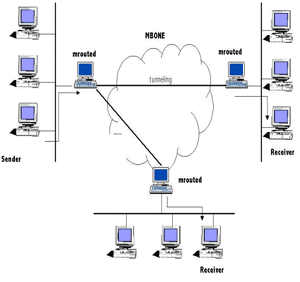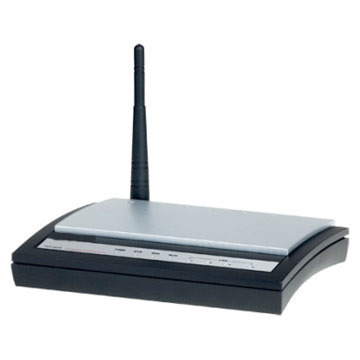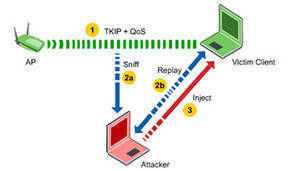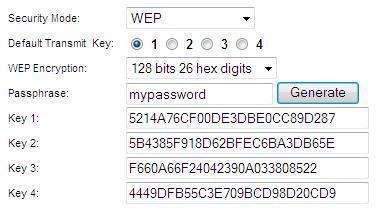Multicast is the transfer of messages to multiple destinations simultaneously, using fewer networks. The information is delivered to each of the links only once, and copies are created when the links to the destinations split, thus creating an optimal distribution path. Multicasting reduces unnecessary packet duplication.
A wireless network utilizes radio communication, unlike wired networks, which employ electrical conductors. Wireless multicasting can therefore be loosely defined as the process of multicasting over wireless networks.
Multicast over wireless networks is a fundamental communication function as well as a challenging goal. The goal is to substantially reduce bandwidth and the power consumed. A wireless network is inherently broadcast in nature. This means that a packet can be intercepted by all nodes in the transmission range of the sender. Hence, each packet is sent just once and will reach all the intended recipients. However, sometimes not all the receivers are ready to receive. If the sender has to wait until all the receivers are ready to receive, then the system is rendered unstable. On the other hand, if the sender transmits regardless of whether the receivers are ready or not, serious loss in data and throughput may result. Multicast offers a trade-off between the throughput, stability, and packet loss.

To ensure secure packet transmission, packet loss can be detected in one of the following ways:
-
Sender initiated – Receivers return an acknowledgment for every packet they have received correctly.
-
Receiver initiated – Receivers inform the sender about packet loss through negative acknowledgments.
Wireless multicast can take place over IP or ATM. IP multicasting allows for one-to-many communication over an IP connectionless network without requiring prior information on how many receivers there are. On the other hand, ATM multicasting uses a multicast server over a connection-oriented point-to-point network.
How does it work?
Wireless multicasting route using different approaches:
-
In the tree-based approach, multicasting employs a shared tree. Only one path exists between any pair of nodes. Core-based multicast can also be used. However, if there is node failure, then the whole tree is likely to be disrupted. This method is mainly used in ad hoc wireless networks that provide a high degree of mobility for all network components.
-
Multicast routing using a mesh requires more resources than a tree. A mesh is created to establish connectivity and allows multiple paths between a pair of nodes.
-
Topology-independent routing, which forwards packets in many directions without using a formal routing structure.
-
Fixed-topology multicast routing employs certain protocols such as the Distance Vector Multicast Routing Protocol (DVMRP), Multicast extension to Open Shortest Path First (MOSPF), and Protocol Independent Multicast (PIM). This is suitable for infrastructure-based wireless networks.
What applications can multicast wireless support?
-
Conference meetings
-
Military control operations to multicast tactical information
-
Sensor networks
-
Mobile commerce applications such as mobile auctions
-
Rescue and disaster recovery
-
Intelligent transportation system
-
Distance education
Such applications require continued connectivity, minimal delay, high bandwidth, and secure and reliable multicast.




Follow Us!